
Discover how layering improves performance and comfort. This guide covers the best base, mid and outer layers for all cycling styles.
Layering your cycle clothing is the solution to comfortable riding across a range of conditions all year-round. It can be the difference between pedal-powered bliss and an uncomfortable slog. Here’s our round up of how to layer up for your next ride.
- Let's start with the benefits of layering
- What to wear for summer cycling?
- How to layer for winter cycling
- How to keep your foot, head and hands warm when cycling?
- What to wear for cycling in the rain
- Spring and Autumn Cycling Layering Tips
Let's start with the benefits of layering
-
Temperature Regulation: Hot, cold, hot, cold. your body temperature can undulate as much as the terrain you are riding. Layering allows you to better regulate your body temperature. The base layer helps wick away sweat, keeping you dry and comfortable. The mid-layer (usually an insulation layer) helps to keep you warm by trapping heat, and the outer layer protects you from wind and rain.
-
Versatility: Layering is versatile. If you're going on a long ride where the weather might change or vary across different locations, you can add or remove layers as necessary. You can start off with more layers in the morning when it's cooler, and remove them as the day gets warmer.
-
Comfort: How many rides have you cut short due to saddle sores? Layering helps to prevent chafing and discomfort during long rides. A snug base layer can prevent the friction that causes these problems.
-
Protection: The outer layer provides protection against wind, rain, and sometimes even the sun, making your ride safer and more comfortable. Outer layers can also provide some protection in the event of a fall.
-
Energy Conservation: By helping to maintain a consistent body temperature, layering can help conserve energy that would otherwise be spent on heating or cooling the body.
-
Reflectivity/Safety: Reflective patches or stripes increase your visibility to motorists, improving safety while cycling in low light conditions. If you are into Audax, ultra long distance riding or even just the commute this is something you should consider. Keep yourself safe out there.
What to wear for summer cycling?

When the sun is beating down and there isn't a cloud in the sky, getting out on your bike is one of life's great pleasures. Lighter, more open fabrics let the breeze flow around your body, keeping your temperature down. But beware of fabrics that are too open with little protection against the suns harmful UV rays.
Base Layer
An ultralight, high-wicking base layer works in tandem with your jersey, transporting moisture away from your skin quickly to keep you cool and dry.
Jersey
The lighter the better! Look for open-knit high-wicking fabrics with mesh underarm panels and full zips for additional ventilation. The closer fitting your jersey is, the quicker it will wick away sweat. High collars provide extra sun protection and pockets give you somewhere to stash arm warmers and a windproof.
Bib Shorts
As with winter bib tights, a good quality chamois pad is essential – especially for long days of summer riding. Making sure your bib shorts are a good fit: excess fabric cause movement and movement in hot weather can cause serious chafing.
Summer Essentials
Fingerless cycling mitts with mesh top fabric will give you a better grip on the bars when your hands get sweaty. You might want to wear a cotton cycling cap (or casquette) in summer to protect against UV. These also absorb sweat, stopping it from running into your eyes.

How to layer for winter cycling
The key to getting your clothing right in winter is layers: lots of thin layers. Every thin layer you wear traps pockets of insulating air, without adding bulk. It’s important that these layers are wicking and breathable, working together to transport your body moisture out. Without the breathability, you’ll stay wet and could soon get dangerously cold.
Base Layer
Choose a breathable and wicking base layer. Keeping your core warm is absolutely essential so you’ll want a base layer that transports body moisture away as quickly as possible. Your core acts like a stove in a small room, spreading warmth to the edges. A soggy base layer is a fast track to cold extremities and a thoroughly miserable schlep home.
For winter months we prefer merino wool as a base layer material due its incredible warmth to weight ratio. Merino wool is also naturally breathable and can absorb around 35% of its weight in moisture before it starts to feel wet and clammy. When it absorbs moisture, a chemical reaction in the fibres releases heat. These properties mean you rarely get that damp, shivery feeling after a period of intense effort.
Jersey
As with your base layer, your jersey needs to be breathable to stop you getting cold. Long sleeves provide additional warmth and many winter jerseys are often fleece lined for extra insulation. Jerseys with a dense-knit outer material block out more wind, trapping more insulating air.
Jacket
A windproof jacket locks vital body heat away against high winds and low temperatures. A simple, breathable windshell keeps the wind at bay and will also brush off light showers when treated with a water repellent treatment. Heavier (but warmer) soft shell fabrics aren’t as packable and are designed to be worn all day. waterproof jackets can double up as windproofs but aren’t as breathable for high intensity cycling. More on this further down.
For longer rides we often carry a light and packable insulation layer in our bar bag or seatpack. It’s always reassuring to have one more layer than you think you’ll need, especially for rest stops and unexpected punctures.
Bib Tights
Only the hardiest cyclists go bare knee-ed in the depths of winter. We generally prefer bib tights for extra coverage – fleece-lined when it’s really cold. A pair of good-fitting bibs reduces chafing and avoids putting pressure on your stomach when you’re bent over the bars.
You’d have to be blessed with buttocks of steel to forgo a cushioned chamois pad on longer rides. A good ‘chammy’ makes a huge difference to your enjoyment, so look for a firm pad that bounces back into shape quickly.
You could also wear padded shorts underneath outer shorts if you find bib straps a faff. These are less aerodynamic but are harder wearing, which can be useful if you do a lot of rough off-road riding.

How to keep your foot, head and hands warm when cycling?
Keeping your core warm is the best way to keep your extremities warm, but covering up any exposed skin with insulating or windproof fabrics will make a big difference.
Hands
Your hands get blasted by a lot of cold air on the front of your bars, so warm, long fingered gloves are essential in winter. Some riders swear by neoprene gloves, but you may also want to consider waterproof gloves in extremely cold or damp weather. If you can squeeze them underneath, merino liner gloves add extra low-bulk warmth.
Feet
We generally opt for merino socks in winter or waterproof socks when the roads and trails are wet. waterproof socks have the added benefit of blocking out any wind that gets through your cycling shoes – great if you don’t want to wrestle on overshoes. Beware of tight-fitting socks which can restrict circulation, resulting in frosty toes! Overshoes can give additional piece of mind and we recommend throwing on some Epic neoprene over shoes when you have gotten yourself on the wrong side of Thor.
Head and neck
A thin merino hat and a neck warmer can provide a lot of extra warmth but can easily be taken off and stuffed in a jersey pocket when you’re too warm.

What to wear for cycling in the rain
You will definitely need a highly breathable waterproof jacket for cycling in wet weather. This keeps you comfortable and dry by allowing sweat to escape. We measure breathability by waterproof jackets work?">‘Moisture Vapour Transfer Rate’ – anything over 10,000g/m²/24h should be breathable enough for cycling, but the more breathable the better. Many jackets have covered vents to aid this process.
For lighter showers you can probably get by with a water-resistant windshell or soft shell. For cyclists riding at a high intensity, this is often the preferred option as jackets without a waterproof membrane are always more breathable.

Spring and Autumn Cycling Layering Tips
Spring and Autumn nearly always catch us out at least once. It’s usually the first/last warm-ish day of the year. We get carried away, head out in our summer kit and spend the bulk of the ride shivering. The key to spring and autumn layering is adaptability. If you’re going out with bare knees, make sure you’re carrying at least one extra top layer to throw on. Windproof gilets, three quarter length bib tights and arm and leg warmers are always handy for this time of year. Don't forget your extremities, throw on some Ryder neoprene over shoes to keep your feet warm on those cold wet mornings.

Fine-tune your System
It’s easy to get caught out on the bike, either by overheating or shivering uncontrollably many miles away from home. A little bit of knowledge always helps, but it takes time to fine-tune your own system. If in doubt, opt for multiple thin layers and breathable, wicking fabrics. You can always take layers off and stash them in your jersey pockets or bikepacking bags and cycle touring luggage">bike luggage.
The beauty of layering
At its core, layering involves using multiple lightweight garments that trap heat far better than one thick layer. This simple approach provides exceptional warmth and versatility, allowing you to easily adjust to changing conditions. By adding or removing layers, you can stay perfectly comfortable before, during, and after your wild swim.
The core benefits
- Insulation - Trapping air (or water) between layers creates superior insulation.
- Temperature Regulation - Easily cool off or warm up by removing/adding layers.
- Quick-Drying - Lightweight technical fabrics dry much faster than traditional fabrics.
- Comfort - Avoid that cold, clammy feeling during or after activity.
The layering system for cycling - clothing designed for adventure on two wheels.
The tried and tested layering system for bikepacking and cycling consists of several layers designed to work together.
-
Breathable waterproofs - Stops the rain coming from the outside to the inside while letting moisture move from the inside to the outside.
More about choosing a waterproof for cycling. -
Baselayer - This is your next-to-skin layer. Baselayers help move sweat away from your skin faster, improving your comfort by reducing that clammy feeling. In warm conditions, you may wear a base layer directly underneath your waterproof. A base layer may have short or long sleeves.
More about baselayers for cycling. -
Midlayer - Worn over your baselayer for warmth and comfort. The ideal mid-layer will be as breathable as possible so it is not a bottleneck in the path of moisture being transported from your skin to the outer surface. Your mid layer becomes an outer layer when the clouds part.
More about choosing a midlayer for cycling. -
Bib tights, shorts and trousers - Discover the optimal cycling legwear to enhance your riding comfort and efficiency. Explore a variety of options like shorts, bib shorts, tights, and trousers tailored for different weather conditions and riding levels. Key features such as synthetic materials, merino wool, and strategic padding help improve moisture control and minimize chafing.
More about choosing legwear for cycling. -
Socks - Cyclists should select socks that maintain a balance between moisture management, support, and fit to prevent foot discomfort and boost both comfort and performance on every ride.
More about choosing socks for cycling.
Find out more about how we design and think about clothing for cycling.


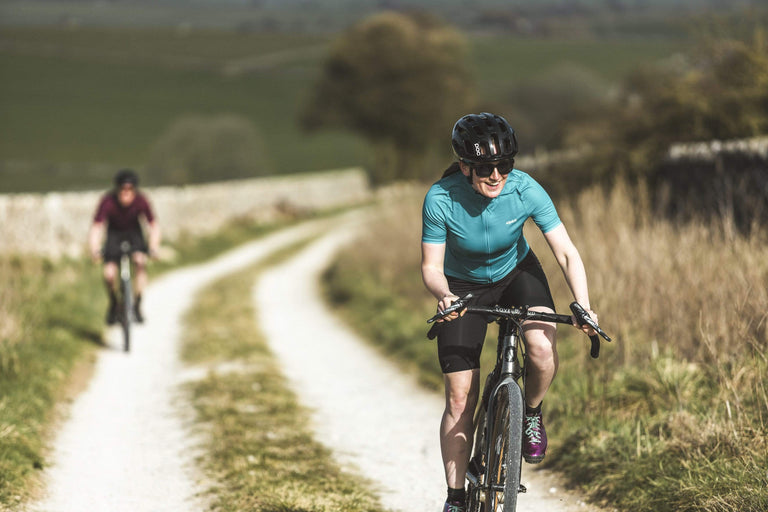
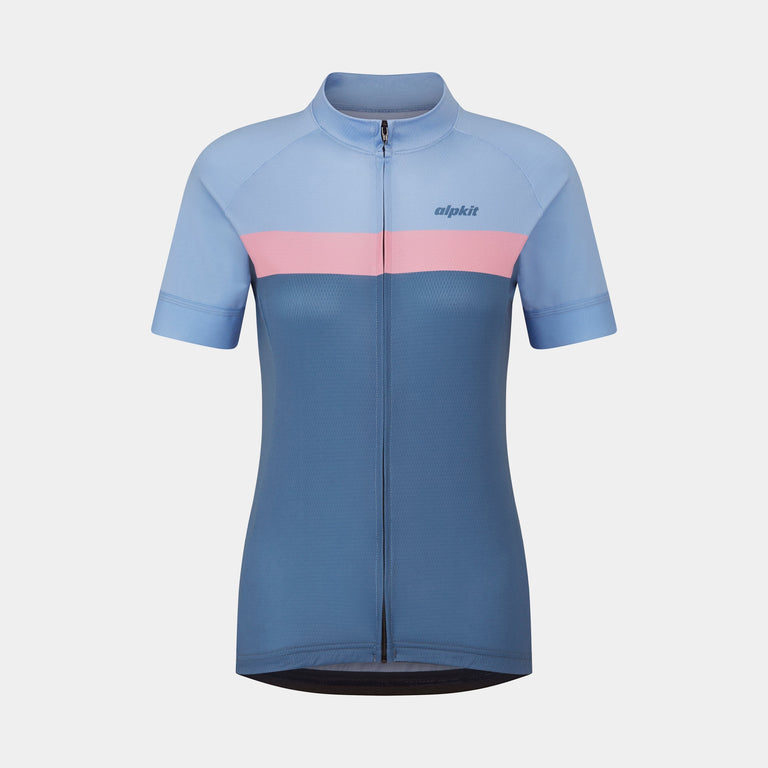
![Rila Jersey [Womens]](http://alpkit.com/cdn/shop/files/womens-rila-2024-1.jpg?v=1729564262&width=768)

![Rila Jersey [Mens]](http://alpkit.com/cdn/shop/files/rila-mens-colibri-2024-08.jpg?v=1763022403&width=768)
![Tour Jersey [Womens]](http://alpkit.com/cdn/shop/files/womens-tour-jersey-2025-outerspace.jpg?v=1755710691&width=768)
![Tour Jersey [Womens]](http://alpkit.com/cdn/shop/files/tour-jersey-womens-2025-1.jpg?v=1761844978&width=768)
![Tour Jersey [Mens]](http://alpkit.com/cdn/shop/files/mens-tour-jersey-2025-outerspace.jpg?v=1756304894&width=768)
![Tour Jersey [Mens]](http://alpkit.com/cdn/shop/files/tour-jersey-TEMP-1b.jpg?v=1763025766&width=768)
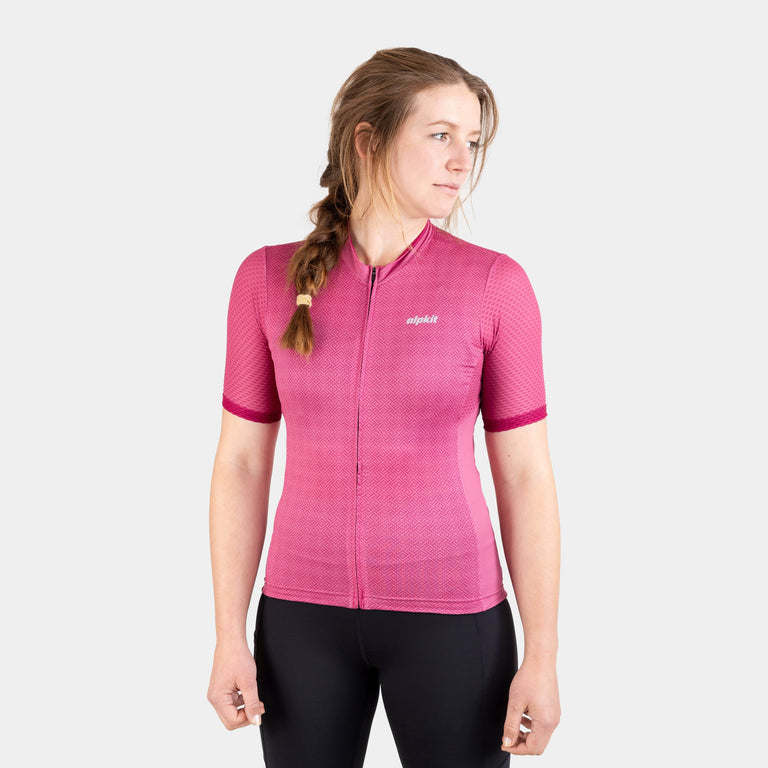
![Paradiso Jersey [Womens]](http://alpkit.com/cdn/shop/files/ParadisoJersey_Blush_Womens_001304_1.jpg?v=1716991366&width=768)
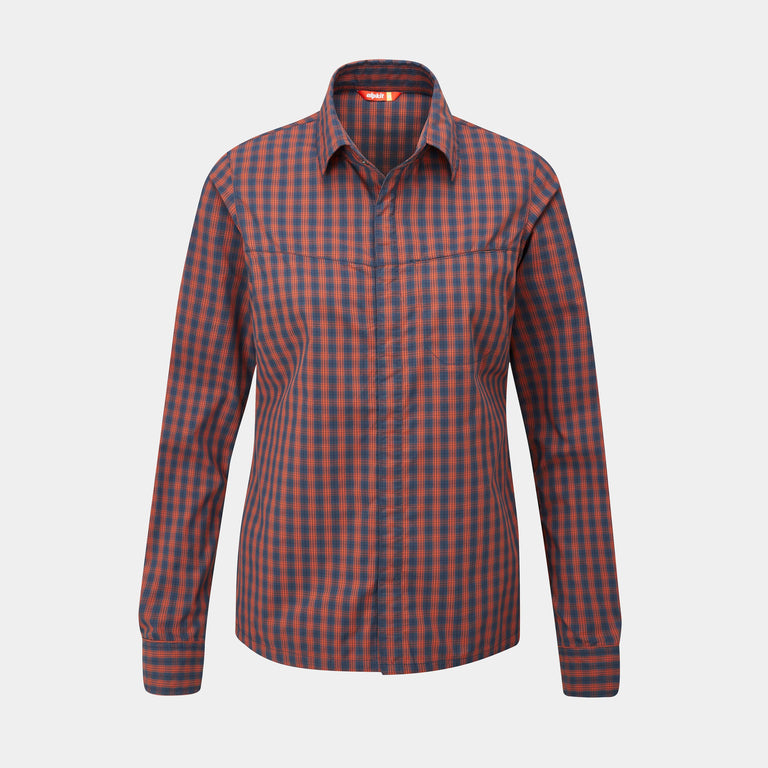
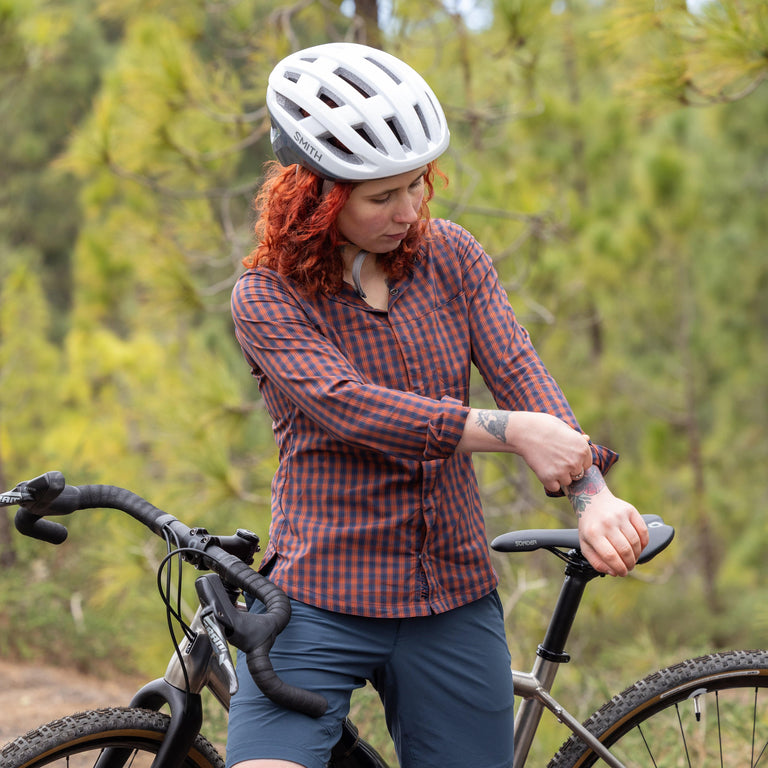
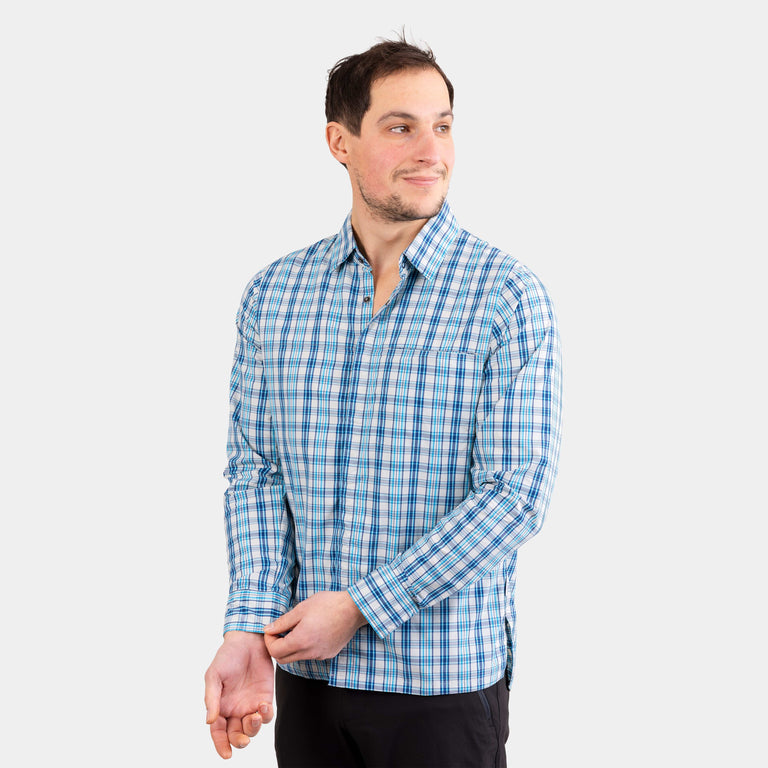
![Kanza [Mens]](http://alpkit.com/cdn/shop/files/kanza-2025-midnight.jpg?v=1749201892&width=768)
![Kepler Boxers [Womens]](http://alpkit.com/cdn/shop/products/womens-kepler-boxer-black_661f2289-d6ca-458e-bb3d-67d189c6fc5b.jpg?v=1695820823&width=768)
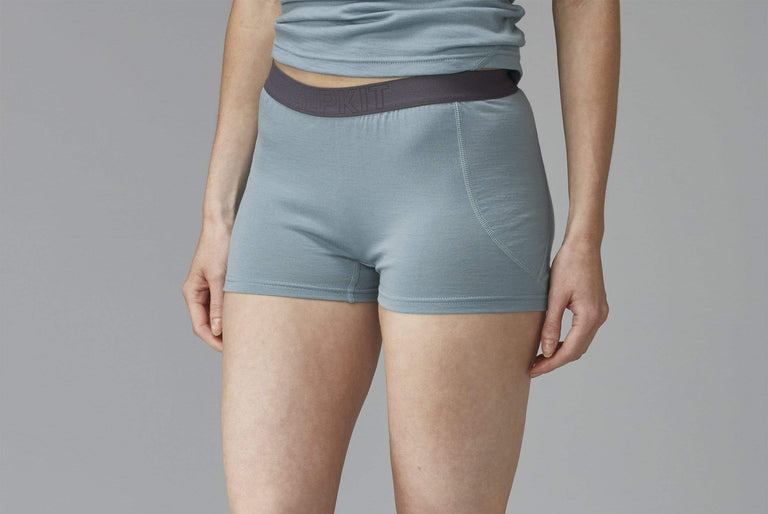
![Kepler Boxers [Mens]](http://alpkit.com/cdn/shop/products/mens-kepler-boxers.jpg?v=1695745451&width=768)
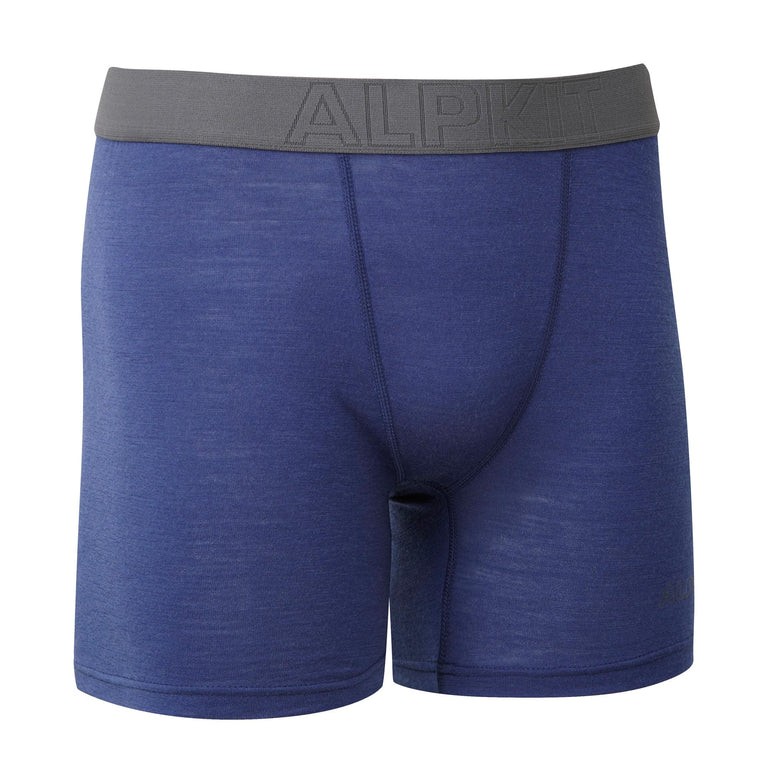
![TCAKKEPPAD-NEM-01-kepler padded boxer [mens] black](http://alpkit.com/cdn/shop/products/mens-kepler-boxers-paded.jpg?v=1695745248&width=768)
![TCAKKEPPAD-NEM-02-kepler padded boxer [mens] black](http://alpkit.com/cdn/shop/products/TCAKKEPPAD-NEM-02-kepler_padded_boxer__5Bmens_5D_black.jpg?v=1695745248&width=768)
![Kepler Padded Boxer [Womens]](http://alpkit.com/cdn/shop/products/womens-kepler-padded-boxer_6988dd8d-8a02-4cec-ae8b-c04248b2afae.jpg?v=1670795113&width=768)
![TCAKKEPPADW-SEA-01-kepler padded boxer [womens] seagrass - closed](http://alpkit.com/cdn/shop/products/kepler_padded_boxer__5Bwomens_5D_seagr.jpg?v=1670795113&width=768)
